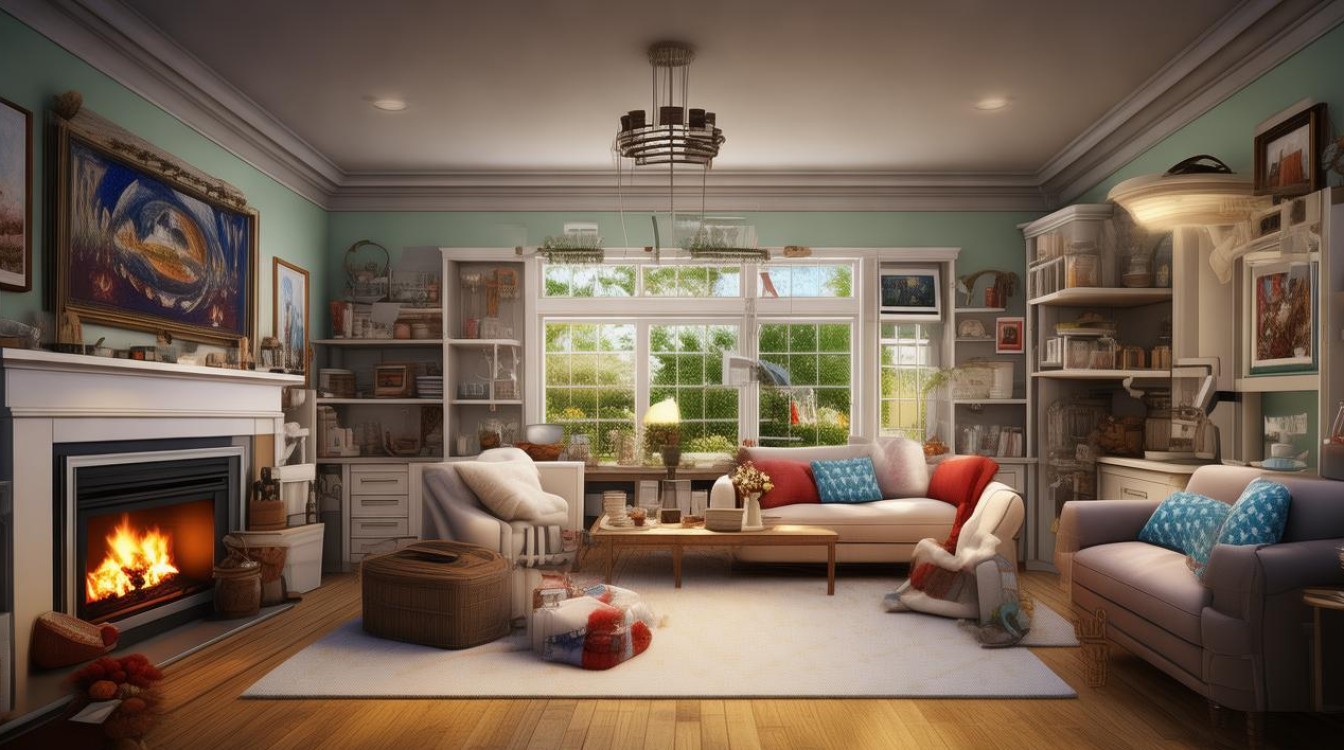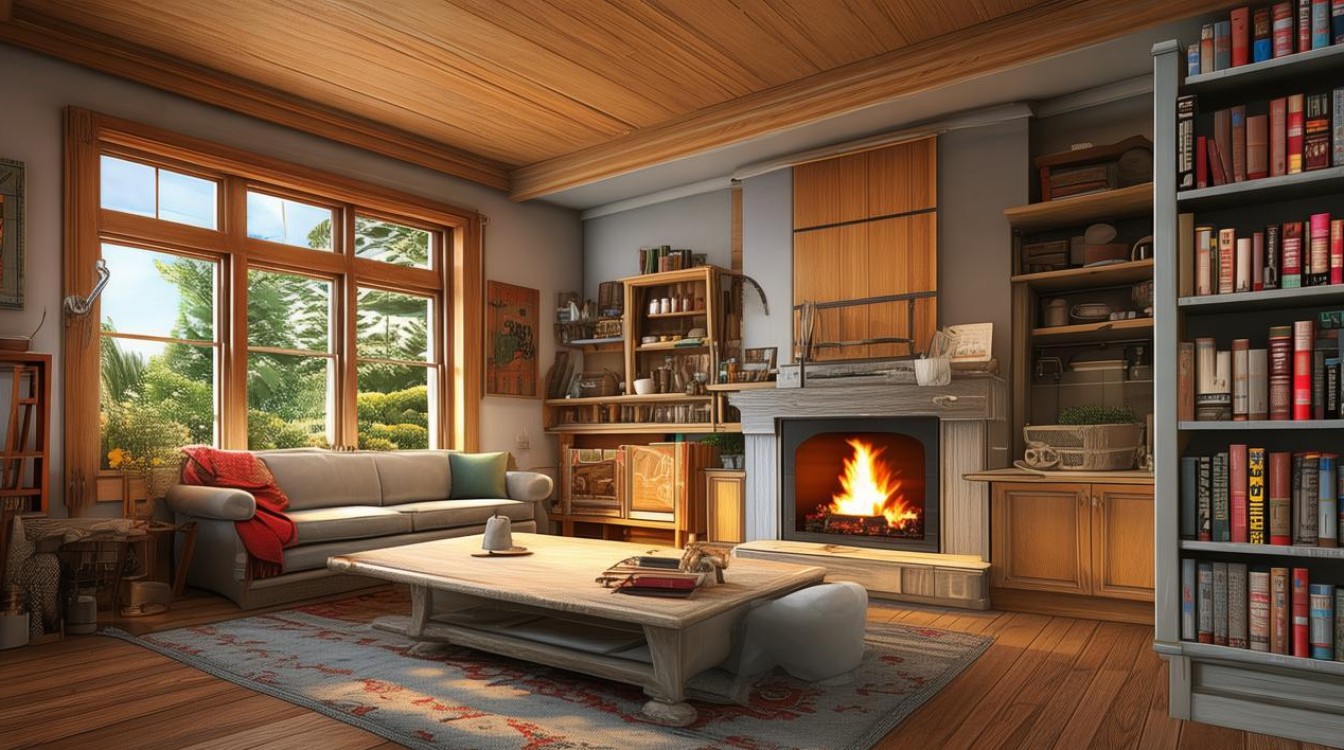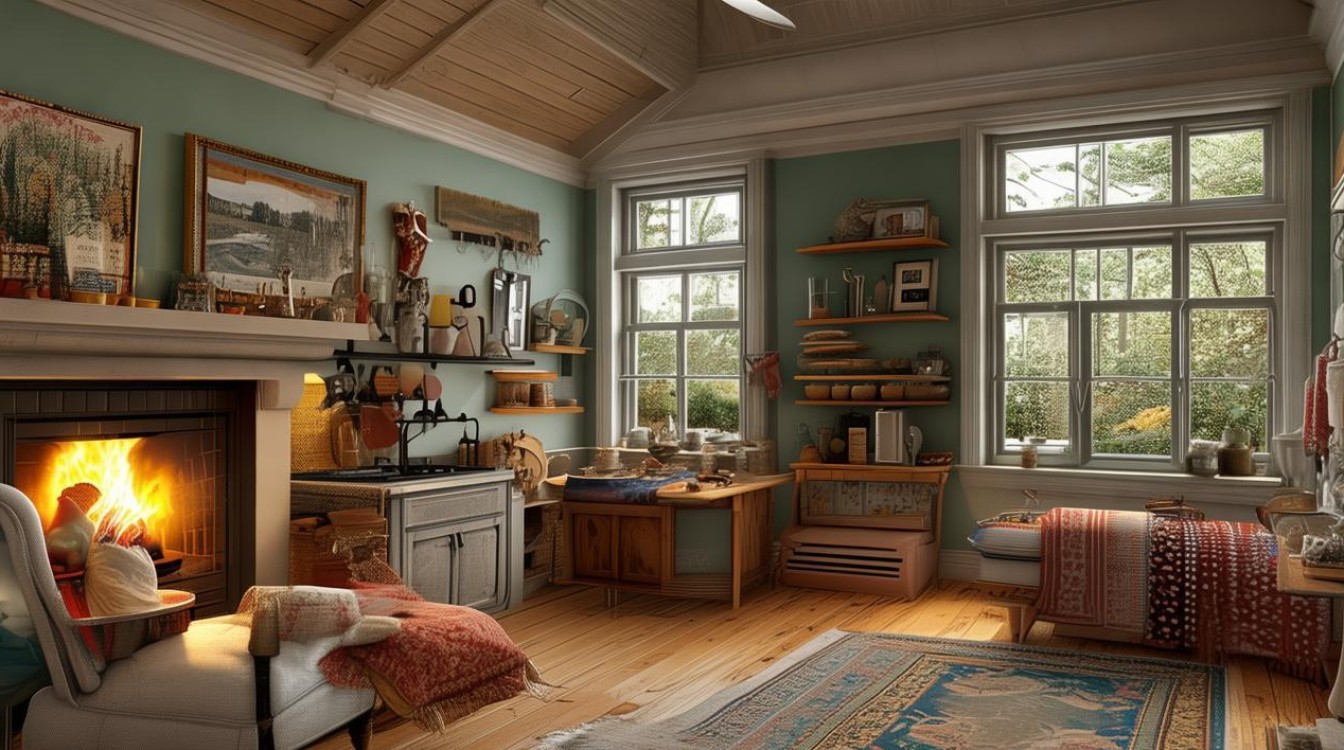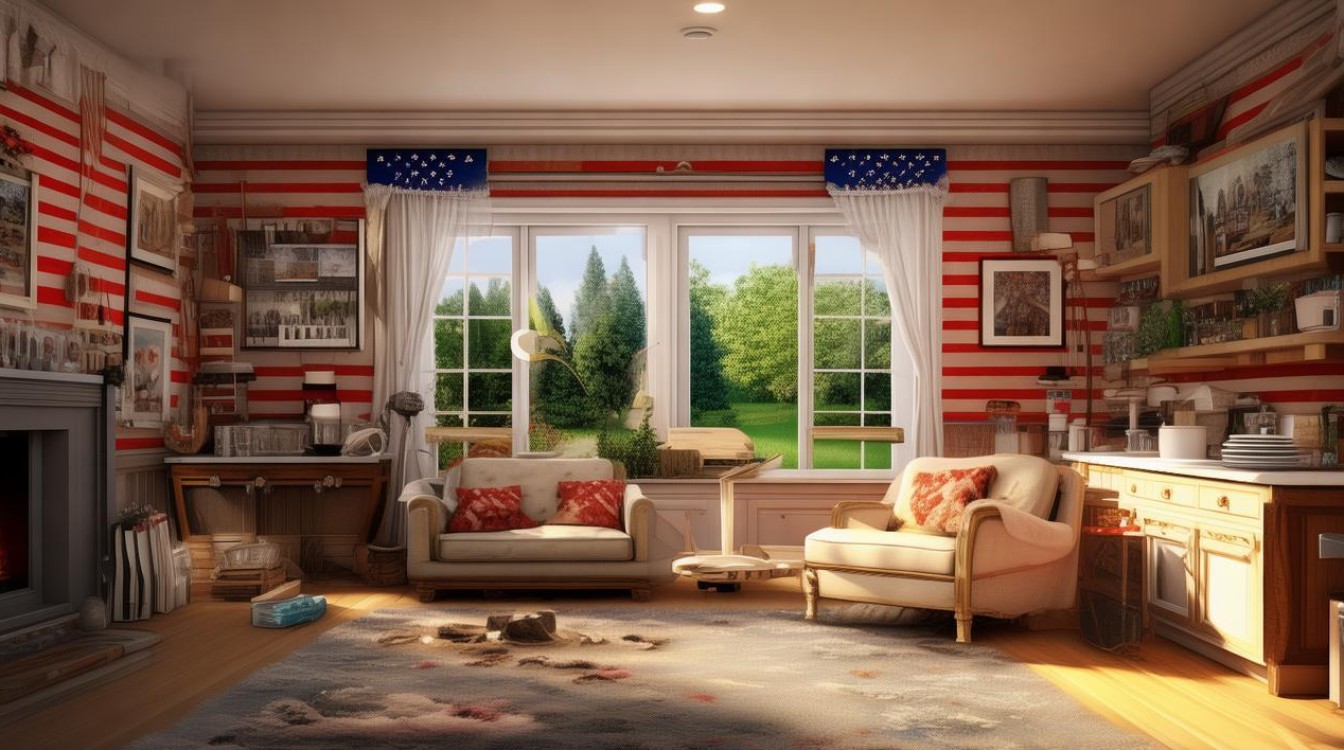The American housing market offers a diverse range of options, from suburban family homes to urban apartments. For many, owning or renting a house in the U.S. represents not just a place to live but a reflection of lifestyle, values, and economic aspirations. Understanding the nuances of American homes requires exploring their design, cultural significance, and practical considerations.

The Architecture of American Homes
American residential architecture varies widely by region. In the Northeast, colonial-style houses with symmetrical designs and wood siding are common, reflecting historical influences. The South favors sprawling ranch-style homes with large porches, ideal for warm climates. Meanwhile, the West Coast embraces modern aesthetics, featuring open floor plans and energy-efficient materials.
Suburban areas often showcase single-family homes with yards, catering to families seeking space and privacy. Urban centers, by contrast, prioritize high-rise apartments and condominiums, maximizing limited land. This architectural diversity mirrors the country’s vast geography and cultural melting pot.
The Cultural Significance of Homeownership
In the U.S., owning a house is deeply tied to the "American Dream." For decades, homeownership symbolized stability, success, and upward mobility. Government policies like the 30-year fixed mortgage have made this dream accessible to many. However, younger generations increasingly prioritize flexibility, leading to a rise in renting.
The concept of "home" also extends beyond physical structure. Americans often personalize their spaces with DIY projects, landscaping, or themed decor. Holidays like Thanksgiving and Christmas transform houses into gathering hubs, reinforcing their role as centers of family life.

Practical Considerations for Buyers and Renters
Whether buying or renting, several factors influence decisions. Location is paramount—proximity to schools, workplaces, and amenities often dictates choice. Budget constraints also play a role; while suburban homes may offer affordability, city living provides convenience at a premium.
Maintenance responsibilities differ too. Homeowners must handle repairs, lawn care, and property taxes, while renters rely on landlords. Climate considerations matter as well: insulation is vital in colder states, whereas hurricane-resistant features are prioritized in coastal regions.
The Role of Technology in Modern Homes
Smart home technology has revolutionized American housing. Devices like thermostats, security systems, and voice assistants enhance convenience and energy efficiency. Solar panels and sustainable materials are increasingly popular, reflecting growing environmental awareness.
Remote work trends have also reshaped housing needs. Home offices and high-speed internet are now top priorities, prompting some to move from cities to quieter areas. This shift highlights how societal changes directly impact housing demand.

Challenges in the U.S. Housing Market
Despite its appeal, the American housing market faces issues. Rising prices in desirable areas have created affordability crises, particularly for first-time buyers. Competition can be fierce, with bidding wars becoming commonplace.
Zoning laws and limited inventory exacerbate shortages, pushing many toward long-term renting. For low-income families, affordable housing remains scarce, sparking debates about policy reforms.
Personal Reflections on the American Home
Living in an American house offers both rewards and challenges. The freedom to customize a space fosters creativity, while community ties often strengthen in residential neighborhoods. Yet, the financial and logistical demands of homeownership require careful planning.
For international observers, U.S. housing reflects broader societal values—individualism, adaptability, and innovation. Whether a cozy suburban bungalow or a sleek downtown loft, each home tells a story of the people inside it. The American house is more than shelter; it’s a canvas for life’s moments.



